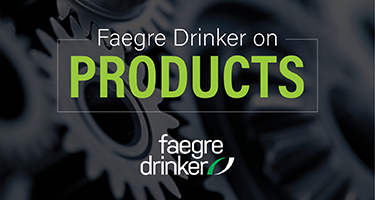Plaintiffs in toxic tort cases must prove both general and specific causation, generally through the testimony of experts. Experts must establish that a specific chemical exposure can (and did) cause the specific injury at issue. In order to make that showing, the plaintiff’s exposure must at least have exceeded the minimum harmful level of the chemical — the “threshold dose.” As the Eleventh Circuit made clear last year in its handling of In re Deepwater Horizon BELO litigation (which we discussed here), threshold dose is a concept that straddles general and specific causation. A more recent BELO case, Ruffin v. BP Exploration & Production, Inc., — F.4th —, 2025 WL 1367185 (5th Cir. May 12, 2025), shows how isolating an expert’s general causation opinion from its implications on specific causation can cloud the analysis.
In Ruffin, the plaintiff worked for five months as a clean-up worker following the Deepwater Horizon oil spill. He was diagnosed with prostate cancer five years later and sued the defendant, claiming he was exposed to chemicals that caused his cancer. He described two instances of exposure: one when oil splashed onto his face while travelling by boat and another when he fell in the water. The plaintiff had a known genetic risk for prostate cancer, but his expert claimed the oil exposures were a “second and necessary hit to initiate his prostate cancer.” The defendant moved to exclude the plaintiff’s causation expert, a genetic and molecular epidemiologist, under Federal Rule of Evidence 702. The district court had excluded both the expert’s general and specific causation opinions as unreliable, largely for failure to specify a threshold dose, and then granted summary judgment for want of admissible expert evidence.
Continue reading “Fifth Circuit Clouds Threshold Dose Analysis in Ruffin v. BP“

